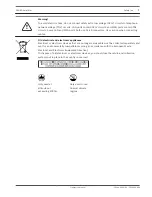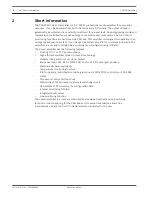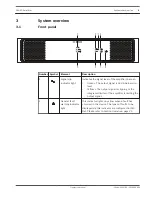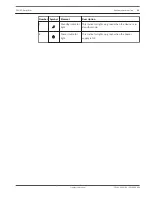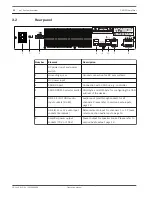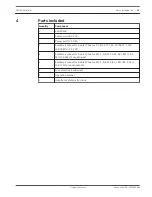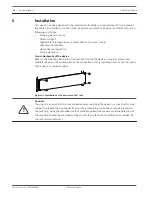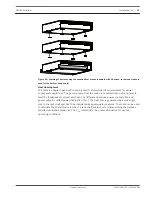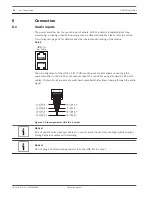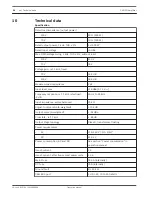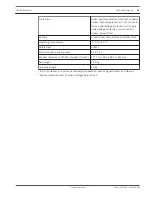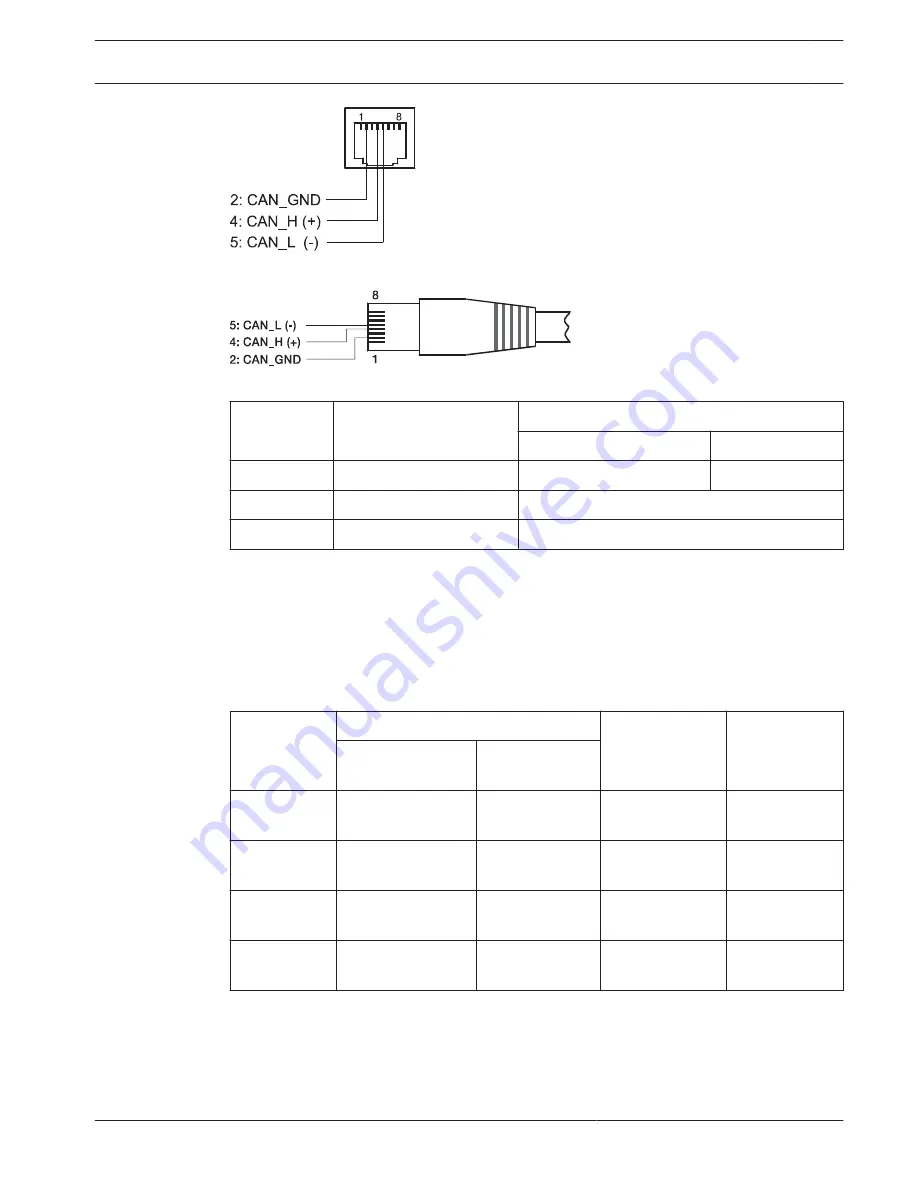
Figure 6.4: Assignment of the CAN port
Figure 6.5: Assignment of the CAN connector
Pin
Designation
Cable color
T568A
T568B
2
CAN_GND
Green
Orange
4
CAN_H (+)
Blue
5
CAN_L (-)
Blue stripes
Table 6.2: Assignment of the CAN BUS interface
Cable specification
In accordance with the ISO 11898-2 standard, shielded twisted-pair cables with an impedance
of 120 ohms must be used as the data transfer cable for the CAN bus. A terminating resistance
of 120 ohms must be provided at both ends as the cable terminator. The maximum bus length
depends on the data transmission rate, the type of data transmission cable, and the number
of bus participants.
Bus length (in
m)
Data transmission cable
Termination (in
Ω)
Maximum data
transmission
rate
Resistance per unit
(in mΩ/m)
Cable cross-
section
0 to 40
< 70
0.25 to 0.34 mm²
AWG23, AWG22
124
1000 kbit/s at
40 m
40 to 300
< 60
0.34 to 0.6 mm²
AWG22, AWG20
127
500 kbit/s at
100 m
300 to 600
< 40
0.5 to 0.6 mm²
AWG20
150 to 300
100 kbit/s at
500 m
600 to 1000
< 26
0.75 to 0.8 mm²
AWG18
150 to 300
62.5 kbit/s at
1000 m
Table 6.3: Relationships for CAN networks with up to 64 participants
If there are long cables and several devices on the CAN bus, terminating resistors with ohm
ratings higher than the specified 120 ohms are recommended in order to reduce the resistive
load for the interface drivers, which in turn reduces the voltage loss from one cable end to
another.
PAVIRO Amplifier
Connection | en
21
Operation manual
18-Jun-2015 | 04 | F01U306898

